Gardening is a creative process that weaves many different elements together to craft our own unique living spaces. Nowhere does this crafting become more evident than when understanding the concepts of companion planting. In companion planting, two or more plants are grown in close proximity so they can benefit each other through symbiotic relationships such as improved pollination or enhanced pest control without interfering with the growth and nutrition of either plant. One particular species of companion planting has stood out for its versatility and ease-of-use: tomatillos, which pair well with an array of plants due to their vigorous growth habits and plentiful yields. Knowing what type of tomatillo companions works best may seem like rocket science at first glance, yet thanks to modern research it’s quite easy to get familiarized with all the benefits these amazing little fruits bring!
What is Companion Planting?
Companion planting is an age-old agricultural practice of strategically planting certain crops or plants near each other to optimize their growth. It involves growing two or more compatible species together, with the intention of achieving some sort of beneficial outcome such as increased yield, improved pest control, and improved soil fertility. Companion planting has been used for centuries by farmers and gardeners alike to increase crop yields, improve soil health, and reduce insect damage.
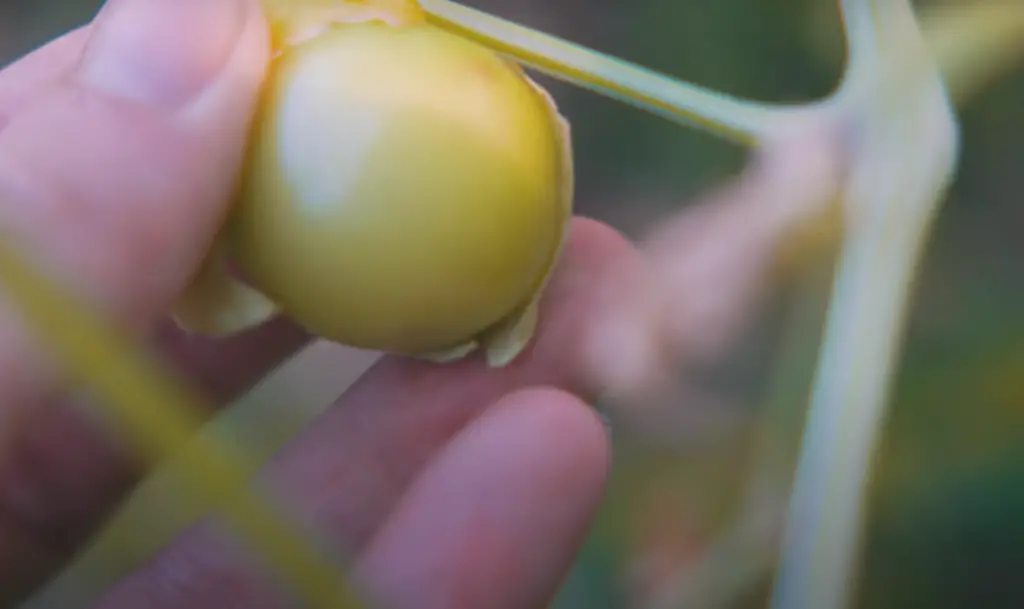
Some common pairings in companion planting include:
- using a tall crop like corn to provide shade for lettuce or cabbage while attracting pollinators;
- intercropping nitrogen-fixing legumes with heavy feeders like corn or tomatoes;
- adding herbs like dill which attract predatory insects that eat pests;
- pairing flowers with vegetables to repel harmful insects. [1]
Companion planting can also be used to help guard against disease and pests.
Additionally, some companion planted pairs can increase beneficial organisms in the soil such as earthworms and microorganisms that improve soil health and fertility.Overall, companion planting is a great way to maximize crop yields, reduce pest pressures, and improve overall soil health. It is an especially useful tool for small-scale gardens where there are limited resources available for fertilizers, pesticides or herbicides. With careful planning and thoughtful selection of plants, companion planting can lead to a healthy and abundant harvest. [2]
Why Companion Planting?
Companion planting offers many benefits for your garden and plants. It encourages biodiversity, increases pollination, attracts beneficial insects, helps build soil fertility, improves pest control, and reduces weeds. By creating diverse plant communities that draw on each other’s strengths, companion planting can create a more efficient environment with fewer inputs. Companion planting also provides an aesthetically pleasing way to arrange the landscape in a visually pleasing manner.
Additionally, companion planting helps foster healthy relationships between species within a given ecosystem by encouraging different elements of the food web to work together. This enables greater efficiency and larger yields for farmers while simultaneously improving water retention and soil health by enriching it with natural fertilizers such as nitrogen-fixing legumes. Finally, companion planting can also help reduce damage done by disease and pests, as the introduction of certain species can act as a deterrent to their spread.
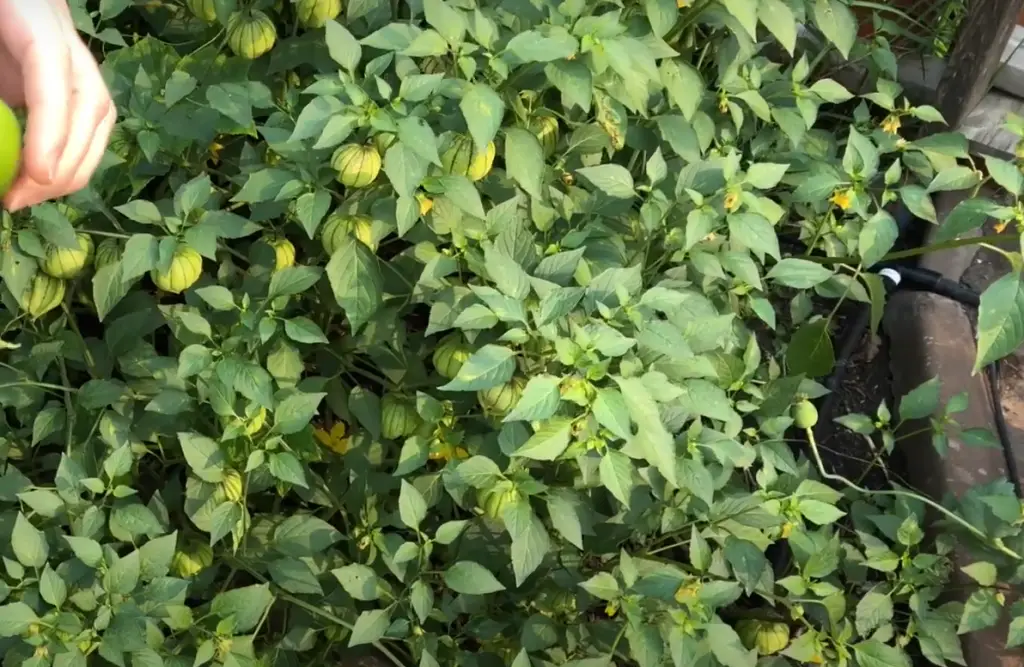
Companion planting is an excellent way to create a thriving garden while protecting both the environment and natural resources. It helps promote biodiversity, encourages pollination, attracts beneficial insects, enriches soil health, and provides numerous other benefits that make it an invaluable tool for sustainable agriculture. By implementing companion planting in your garden or yard you are sure to reap its many benefits! [3]
What is Tomatillo?
Tomatillos have a characteristic paper-like husk, which encloses the fruit and helps to distinguish them from other types of tomatoes. The tomatillo fruit is smaller than most tomato varieties, ranging in size from a small marble up to about the size of a large cherry tomato.
They have a tart flavor profile and can range in color from yellow-green to dark green or purple when fully ripe. Tomatillos are often eaten raw or cooked in sauces and salsas. They are high in Vitamin C, dietary fiber, antioxidants, potassium, manganese and iron, making them an excellent choice for those seeking to increase their vegetable intake.
Tomatillos are also an excellent source of phytochemicals, which can help protect against health problems like heart disease and cancer. Additionally, they contain compounds that have been shown to reduce inflammation and may provide protection from some chronic diseases. [4]
How To Grow Tomatillo?
Tomatillo is a member of the nightshade family and produces fruits that look like small green tomatoes. Tomatillos are an easy crop to grow, but there are a few things to keep in mind when growing them.
First, choose your tomatillo variety carefully. There are several types of tomatillos available, ranging from tart to sweet flavors. Consider the climate you’ll be growing in as well; some varieties may not do as well in cold regions or during long periods of drought. Once you’ve selected your variety, prepare the soil for planting by incorporating plenty of organic matter such as composted manure into the soil. Tomatillos prefer a slightly acidic pH, around 6.5, so consider amending the soil if necessary. [5]
When Planting tomatillo seeds, sow them 2-3 inches apart in shallow trenches or furrows. Cover lightly with soil and water well. Make sure to thin the seedlings when they are young to prevent overcrowding. Tomatillos require full sun for best yields, so make sure your plants get at least 8 hours of sunlight each day.
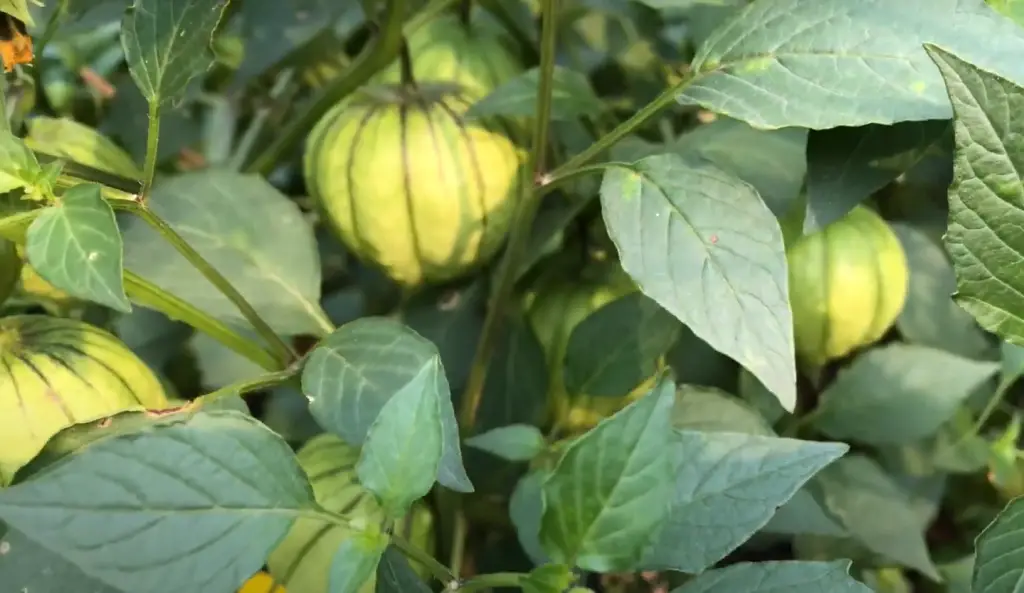
Tomatillos are fairly drought tolerant once established, but be sure to keep them moist during periods of high heat and dryness to ensure a good crop of fruits.
Harvest tomatillos when they turn a pale green color (usually around 10 weeks after planting). The fruits should be firm and their husks dry and papery. Enjoy your tomatillos fresh, or store them in the refrigerator for up to two weeks. With some care and attention tomatillo plants can yield good crops of tasty fruits! [6]
Why a Companion Plant with Tomatillo?
Tomatillo and other companion plants are a great way to maximize the yield of your tomatillo crop. Not only do companion plants provide additional nutrients for the soil, they also act as a natural defense against pest infestations.
Planting flowers such as marigolds near your tomatillos is known to repel harmful insects, while basil or cilantro can attract beneficial pollinators. Additionally, planting taller crops like corn or pole beans near your tomatillos will help shade them from too much sun exposure.
Adding nitrogen-fixing legumes like peas or beans to your garden will help maintain an adequate level of nitrogen in the soil for healthy growth and maximum production of your tomatillos. By investing in a few companion plants, you’ll be able to maximize the yield of your tomatillo crop and create a healthy and productive garden. [7]
The Best Plants To Plant With Tomatillo
Tomatillo is a great addition to any home garden, as it is easy to grow and produces an abundance of tasty fruits. There are a few plants that go well with tomatillo in the garden, so here are some of our top picks:
- Corn – Corn and tomatillos are often grown together because they work in unison to help support each other’s growth. Tomatillo plants act as a trellis for corn stalks to climb on, while the corn provides shade and shelter for the plant from pests and harsh sunlight.
- Basil – Basil pairs wonderfully with tomatillos due to their complementary flavors, especially when used in salsa or sauce recipes. Additionally, basil helps repel pests and attracts beneficial insects that help keep your plants healthy.
- Marigolds – Marigolds are a great companion plant for tomatillos due to their strong aroma and pest-deterring properties. The smell of marigolds can also be used to mask the scent of other plants, keeping away pests in the process.
- Nasturtiums – they have a similar repellent quality to marigolds, and can be used as a trap crop — luring pests away from your tomatillo plants. Additionally, the flowers of nasturtiums make an excellent garnish to any dish featuring tomatillos.
- Peppers – Peppers thrive when planted alongside tomatillos, as they need similar soil conditions and water requirements in order to grow properly. Additionally, peppers can act as natural fertilizer for the nearby tomatillo plants, providing them with essential nutrients needed for growth and development.
- Beans – Planting beans near tomatillos is another great way to provide support as the beans can be used as a natural trellis for the tomatillo plants. The beans also help to add nitrogen back into the soil, which is essential for healthy plant growth and development.
- Cilantro – it is a great companion plant for tomatillos due to its ability to repel pests and attract beneficial insects. Additionally, the flavor of cilantro pairs perfectly with that of tomatillo in salsa or sauce recipes. [8]
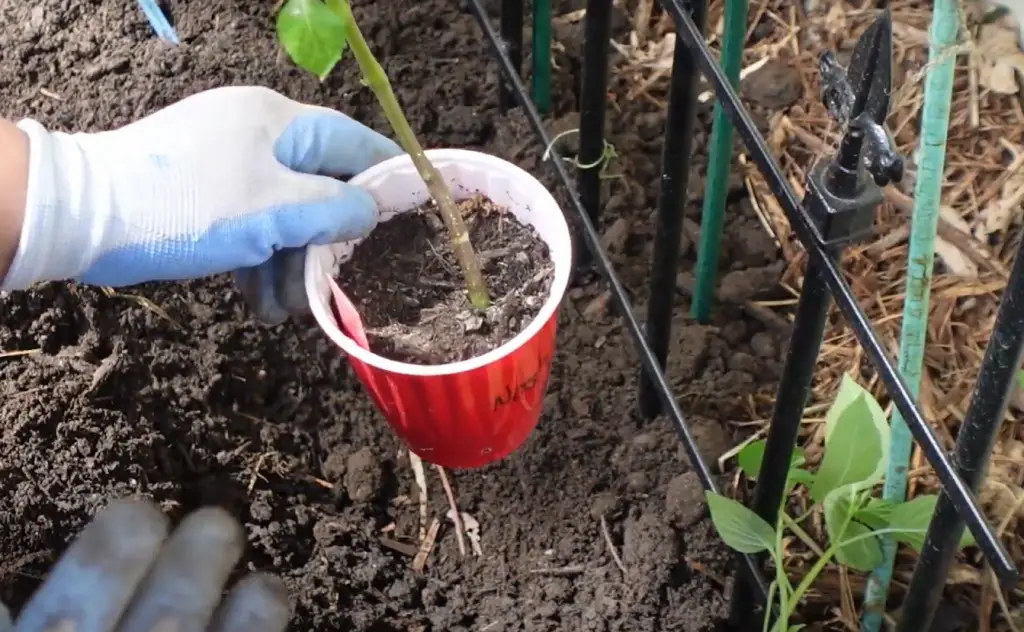
By planting these companion plants alongside your tomatillo, you will be able to create an ideal environment for your garden that is both productive and sustainable.
Pests That Love Tomatillos
Tomatillos are popular in home gardens and commercial farms, but unfortunately they can be a target for many different kinds of pests. Common tomatillo pests include aphids, whiteflies, spider mites, and flea beetles. These pests can have devastating effects on the tomatillo crop if left unchecked.
Aphids feed on the sap of the plant and secrete a sticky substance called honeydew that encourages the growth of sooty mold on the leaves or fruit. Whiteflies also feed on plant sap and release large amounts of honeydew that can lead to significant yield losses. Spider mites spin webs on leaves or fruits and suck out their juices while flea beetles pierce holes in the foliage causing wilting.
To prevent these pests from damaging your tomatillo crop, consider using an integrated pest management strategy that includes biological control methods such as releasing beneficial insects like ladybugs or lacewings to feed on the pests. Other strategies include hand-picking off any affected plants and destroying them, applying insecticidal soap or neem oil to keep the bugs away, keeping fields properly watered, and removing weeds and other debris that can attract pests. With proper attention and care, you can ensure a successful harvest of delicious tomatillos! [9]
How to Remove Pests That Spoil Tomatillos?
Tomatillos are a tasty and nutritious summer crop that can be used in many recipes. Unfortunately, they can also become infested with bugs if you don’t take proper precautions. To ensure your tomatillo plants remain healthy and free of pests, here are some steps you should take:
- Inspect the leaves often for any signs of infestation. Look out for yellow or brown spots on the foliage or small insects crawling around.
- If there is an insect problem, apply an appropriate pesticide or insecticide according to the label instructions. Make sure to cover all sides of the plant, including the undersides of leaves.
- If you catch an infestation early on, you can try using natural methods such as spraying with soapy water or rubbing alcohol to kill insects and eggs.
- Remove any infested plants immediately and dispose of them properly. Don’t place them in your compost bin since this will just spread the problem around.
- Increase air circulation in your garden by providing support for your plants and spacing them far enough apart so that they don’t overcrowd each other. This will reduce humidity levels which pests like thrips thrive in.
- Hand pick any caterpillars or caterpillar eggs from the plant if you see them, and dispose of them.
- Use row covers to keep insects away from the plants and remove them during flowering so pollinators can get to the flowers. [10]
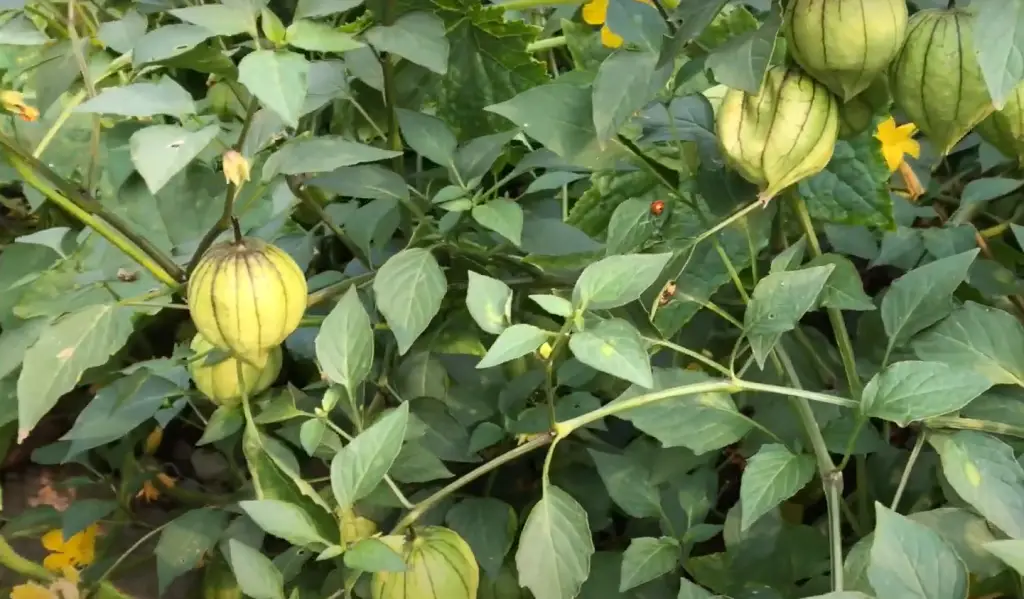
By following these steps, you should be able to keep your tomatillo crops free of pests and enjoy a tasty harvest all summer long!
What Climate are Tomatillos Suitable for?
Tomatillos thrive in a warm, humid climate with plenty of full sun and a slightly acidic soil pH. They are well adapted to the heat of summer and can tolerate light frosts in the early spring and late fall. Tomatillos require regular watering throughout the growing season but should not be overwatered.
A long, hot summer will ensure an abundant crop of tomatillos by mid-autumn. It’s important to provide support for the plants, such as stakes or cages, to keep them upright and prevent damage from wind or heavy fruit loads.Tomatillos are native to Mexico and enjoy warm climates. They prefer temperatures between 65 – 80 degrees Fahrenheit (18 – 27°C) and can handle a light frost, but not extended periods of cold weather or freezing temperatures. Tomatillos also need full sun exposure in order for their fruits to ripen properly.
Tomatillos are drought tolerant once established, but will produce more fruit if given adequate water throughout their growing season. With proper care and regular harvesting, you can expect to enjoy an abundant harvest of tomatillos in the late summer or fall. Tomatillos are easy to grow and will reward your efforts with a bountiful harvest season after season. [11]
FAQs
What grows best with tomatillos?
Tomatillos are best grown in a sunny location with well-drained soil. They grow best when planted with companion plants such as corn, beans, squash, peppers, and onions which can provide structure for the vines to climb and help keep weeds at bay. Additionally, adding mulch around the tomatillo plant can help conserve moisture and reduce weed growth. Lastly, tomato stakes or cages can also be used to support the heavy fruit production of the tomatillo plant.
Can you plant two tomatillo plants together?
Yes. Tomatillos are a type of small tomato-like fruit that grow in warm climates. Planting two tomatillo plants side by side allows them to benefit from companion planting – where the presence of one type of plant helps another to thrive.
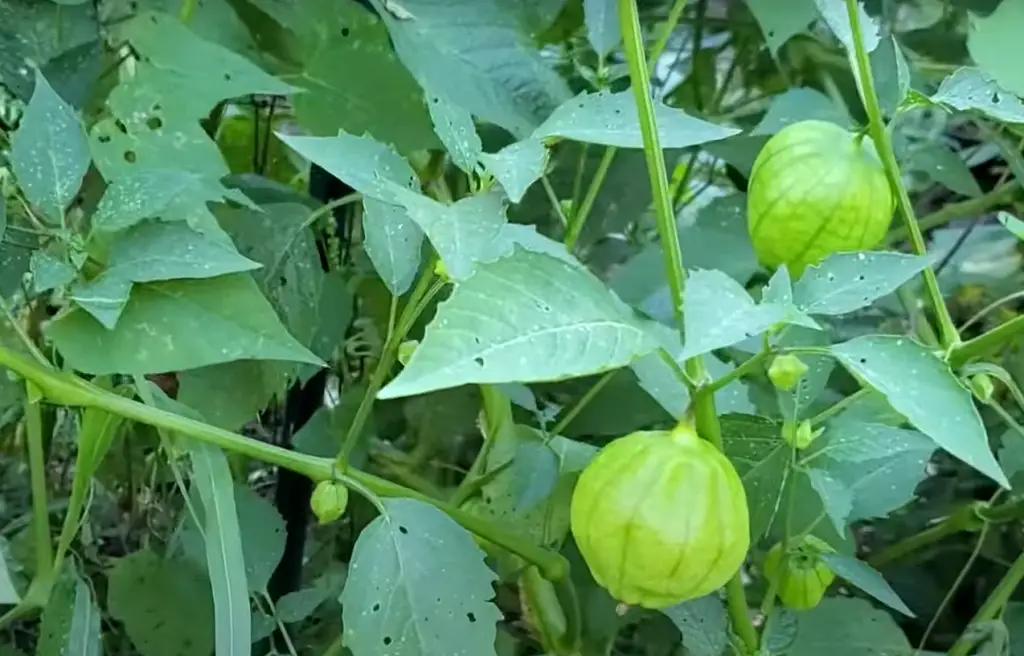
This could be because they help to repel pests or attract beneficial insects, improve soil health, increase nutrient availability, and provide some level of wind protection for each other. When planting multiple tomatillo plants together, make sure to give each plant enough space so their roots do not become entangled or overcrowded. With the right care and attention, you can have a bumper crop of delicious tomatillos from two plants planted side by side.
What not to plant next to tomatoes?
Tomatoes should not be planted next to cabbage, peppers, eggplants, or fennel. These vegetables are in the same family as tomatoes (the Solanaceae family), and when planted together they can encourage pests and disease to spread more quickly. They also compete for water and nutrients in the soil which can stunt their growth.
Additionally, potatoes should not be planted next to tomatoes because they both attract the same pests and diseases. It is best to keep these two vegetables apart so that both plants remain healthy. Other vegetables such as corn, beans, squash, herbs and lettuce make for better companions for tomatoes. Planting them nearby will help improve your crop yields while also helping deter certain types of pests and diseases from attacking your tomatoes. With the right combination, you can have a healthy and bountiful garden!
Do tomatillos root like tomatoes?
No, tomatillos do not root like tomatoes. Tomatillos are a member of the nightshade family and produce small green fruit that look similar to green tomatoes, but without the acidic flavor. The plants grow best in warm climates and need plenty of water and well-drained soil. While they don’t root like tomatoes, they can be propagated from cuttings or by layering the stems for increased productivity. It is also possible to save seeds from ripe tomatillos for planting next season.
Useful Video: 5 Tomatillo Growing Mistakes to Avoid
Conclusion
Growing tomatoes and tomatillos together is the perfect way to get a head start with your vegetable garden. You can have beautiful, bountiful plants in no time! As you’ve seen, the tomatoes and tomatillos have many delightful peculiarities that make them unique and enjoyable to care for. With some planning, simple precautionary steps, and a bit of determination, you’ll be able to reap these benefits from planting companion vegetables. Don’t let anything stop you from trying your hand at gardening: keep calm and grow on.
References:
- https://www.thespruce.com/companion-planting-with-chart-5025124
- https://www.almanac.com/companion-planting-guide-vegetables
- https://naturespath.com/blogs/posts/the-benefits-of-companion-planting
- https://www.allrecipes.com/article/what-is-a-tomatillo/
- https://www.ufseeds.com/tomatillo-seed-to-harvest.html
- https://bonnieplants.com/blogs/how-to-grow/growing-tomatillos
- https://www.allaboutgardening.com/tomatillo-companion-plants/
- https://www.evergreenseeds.com/tomatillo-companion-plants/
- https://www.bountifulgardener.com/common-tomatillo-plant-problems-and-solutions/
- https://gardeningflow.com/tomatillo-leaf-problems/
- https://hortiadvisor.com/how-to-plant-grow-and-care-for-tomatillo-plants/





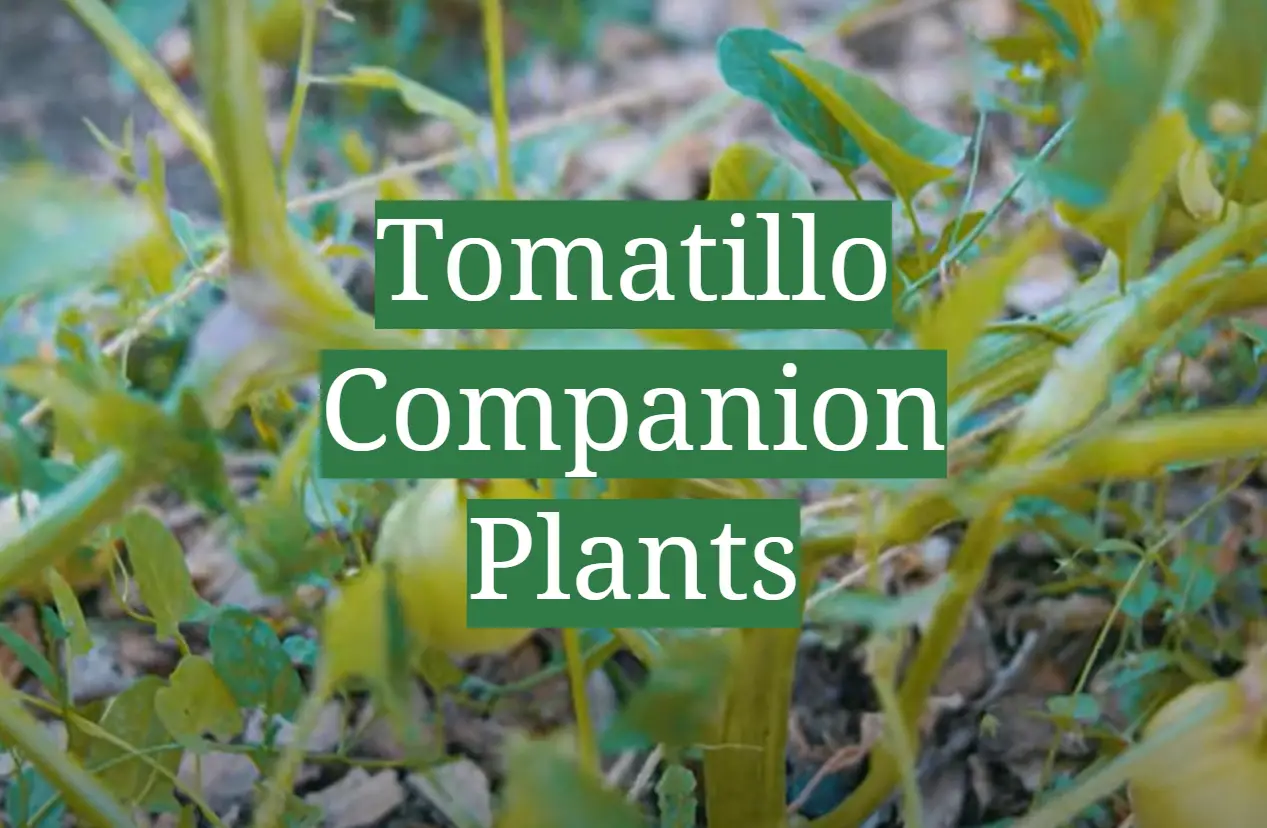



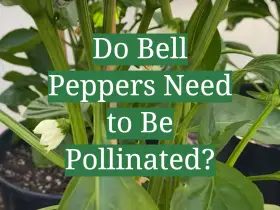
Leave a Reply
View Comments